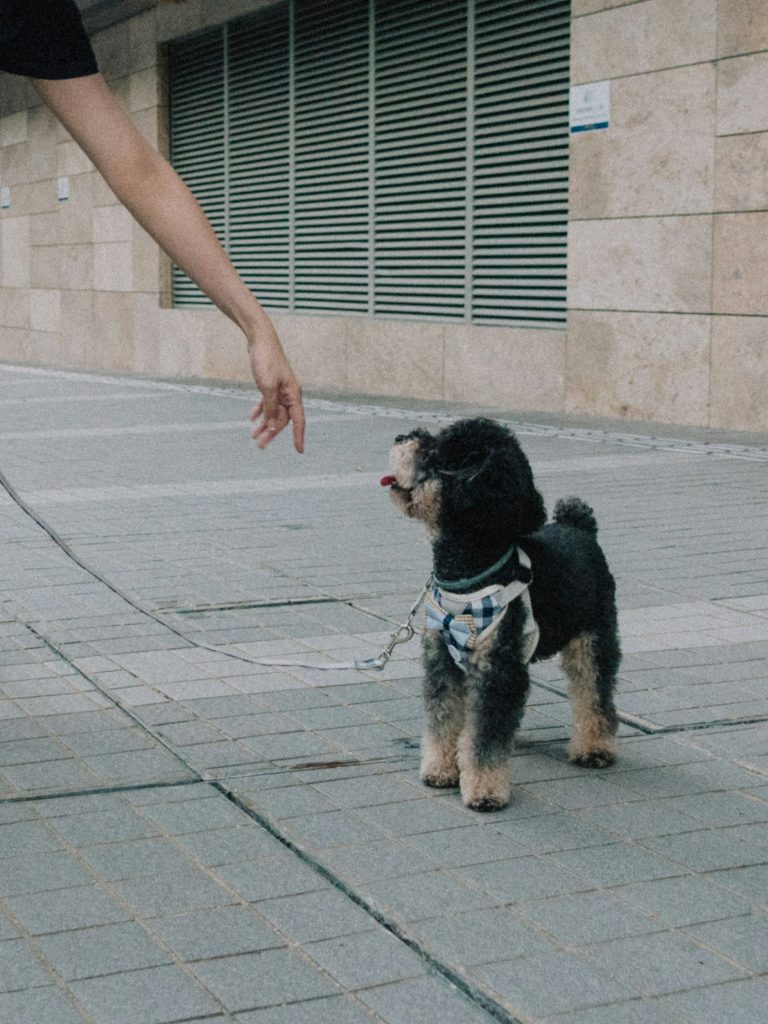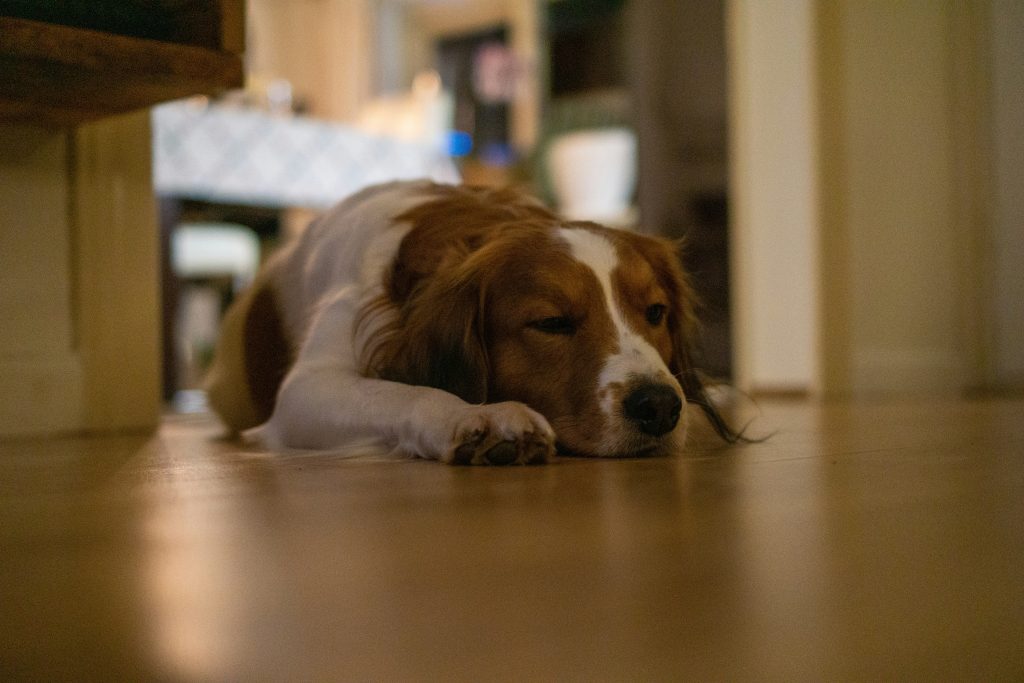Dog Walking 101: Making Walks Fun and Safe
Taking your dog for a walk may seem like a simple part of pet ownership, but it’s so much more than just a bathroom break. Walks are crucial for your dog’s physical health, mental stimulation, and social development. When done right, they’re also a wonderful way to bond.
Whether you’re raising a new puppy or fine-tuning your routine with an older companion, here’s how to make daily walks safe, smooth, and seriously fun for both of you.
Why Walking Matters
Before diving into technique, let’s remember why walking your dog is so important:
-
Exercise: Regular walks help your dog burn calories, stay limber, and build muscle tone.
-
Mental stimulation: New smells, sights, and sounds keep your dog’s mind sharp.
-
Socialization: Walks offer chances to meet other dogs and people, boosting your dog’s confidence.
-
Behavior management: A well-exercised dog is less likely to engage in destructive or anxious behaviors at home.
-
Bonding: Walking together strengthens your relationship and builds trust.
Pre-Walk Checklist: Be Prepared
A successful walk starts before you leave the house. Here’s what you’ll need:
-
Proper leash and harness: Choose a comfortable harness that prevents pulling or choking, and a sturdy 4–6 ft. leash for control.
-
Waste bags: Always be ready to clean up after your pup.
-
ID tags/microchip: Make sure your dog has proper identification in case of emergency.
-
Water: Bring water for longer walks or warmer weather.
-
Treats: Useful for training, rewarding good behavior, or redirecting attention.
Avoid retractable leashes for everyday use — they reduce control and can lead to injury.
Leash Training Basics
If your dog pulls or zigzags on walks, don’t worry — leash manners can be taught! Here are a few tips:
-
Start slow: Begin training in a quiet area with minimal distractions.
-
Use positive reinforcement: Reward your dog when they walk calmly by your side.
-
Stop-and-go technique: If your dog pulls, stop walking. Only resume once the leash slackens.
-
Change direction: Keep your dog’s attention by turning frequently when they get too far ahead.
-
Keep sessions short: For puppies or new learners, short, frequent walks work best.
Making Walks Fun and Enriching
Routine walks can get boring for dogs if nothing changes. Try these tips to spice things up:
-
Vary your route: Explore new paths, parks, or neighborhoods when safe to do so.
-
Let them sniff: Dogs “read” the world through their noses. Letting them sniff is mentally enriching.
-
Play mini games: Practice sit, stay, or recall during your walk with treats as rewards.
-
Schedule play stops: Pause for a game of fetch or tug in a safe area.
-
Let them lead occasionally: Give your dog some freedom (on a long leash) to follow their nose — within reason!
Watch for Hazards
Even a simple walk can present dangers if you’re not aware. Keep an eye out for:
-
Hot pavement: Use your hand to test. If it’s too hot for you, it’s too hot for their paws.
-
Broken glass or sharp objects: Especially near roads or sidewalks.
-
Toxic plants or foods: Teach your dog “leave it” and be ready to redirect.
-
Off-leash dogs: Always stay alert and avoid confrontations.
-
Extreme weather: On hot days, walk early or late; in winter, protect paws with booties or balm.
Reading Your Dog’s Body Language
Your dog can’t say, “I’m tired” or “I’m scared,” but their body language speaks volumes:
-
Yawning or licking lips: Signs of stress or overstimulation.
-
Panting excessively: Could indicate overheating or anxiety.
-
Tail tucked or ears down: May mean fear — avoid forcing interaction with people or dogs.
-
Slowing down or limping: Time to rest or check for injury.
Being aware helps you tailor the walk to your dog’s comfort level.
Walking Multiple Dogs
Have more than one pup? Here’s how to keep the peace:
-
Practice solo walking first: Ensure each dog is leash-trained individually.
-
Use a leash coupler: It helps manage two dogs on one leash system.
-
Match walking pace: Pair dogs with similar energy levels.
-
Watch for leash tangles: Keep them untangled and manageable.
Start with short walks before attempting longer outings together.
Post-Walk Wind-Down
After each walk, take a few moments to:
-
Check paws: Look for cuts, ticks, or stuck debris.
-
Offer water: Especially after a long or warm-weather walk.
-
Give praise: Reinforce calm behavior when returning inside.
This “cool down” helps reinforce that walks are a positive part of their routine.
Final Thoughts
Daily walks are one of the most important things you can do for your dog’s health, happiness, and behavior. With a little planning and attention, your outings can become the highlight of your pup’s day — and yours too.
Keep things safe, positive, and full of variety, and you’ll both look forward to every leash grab and tail wag.


